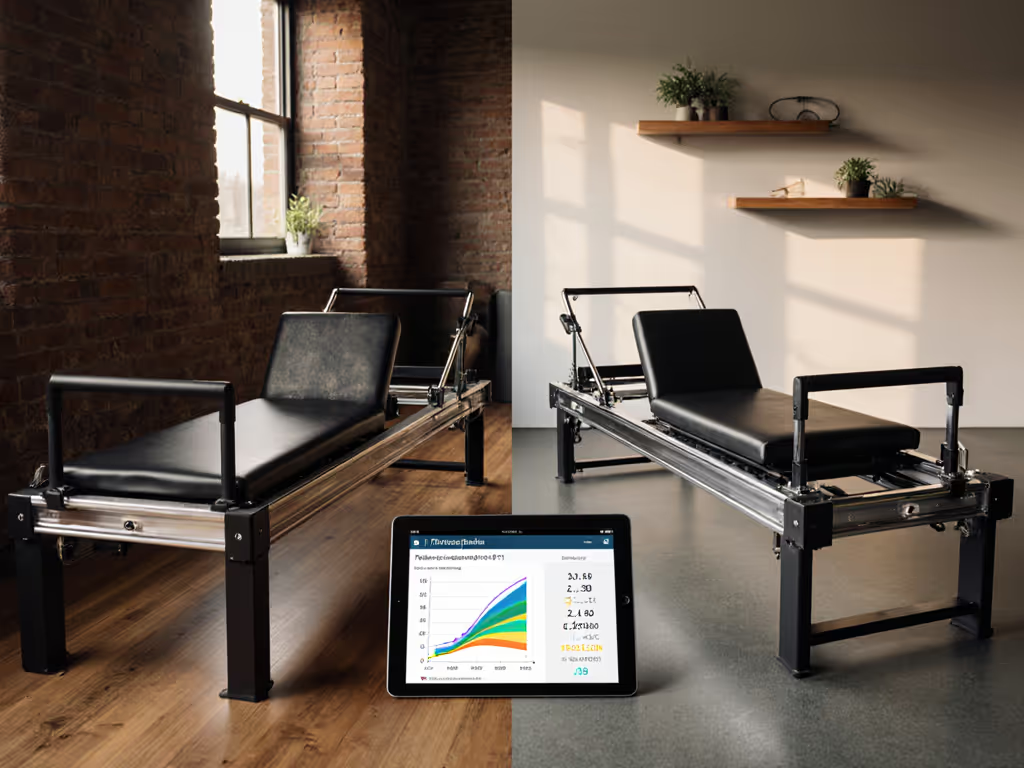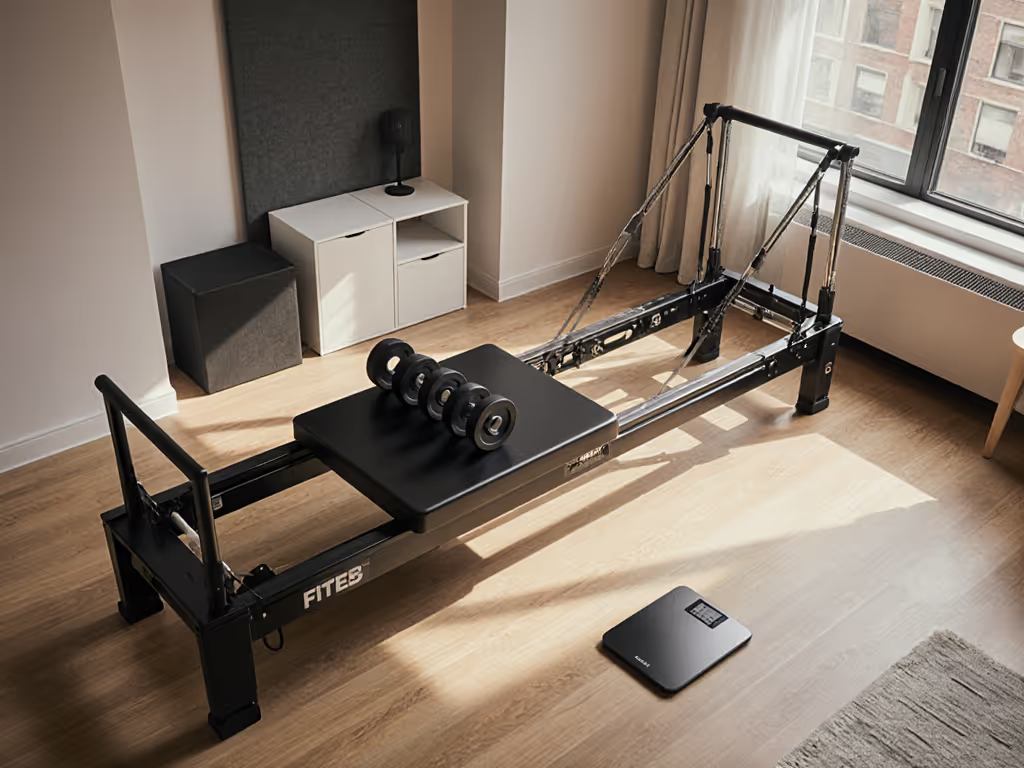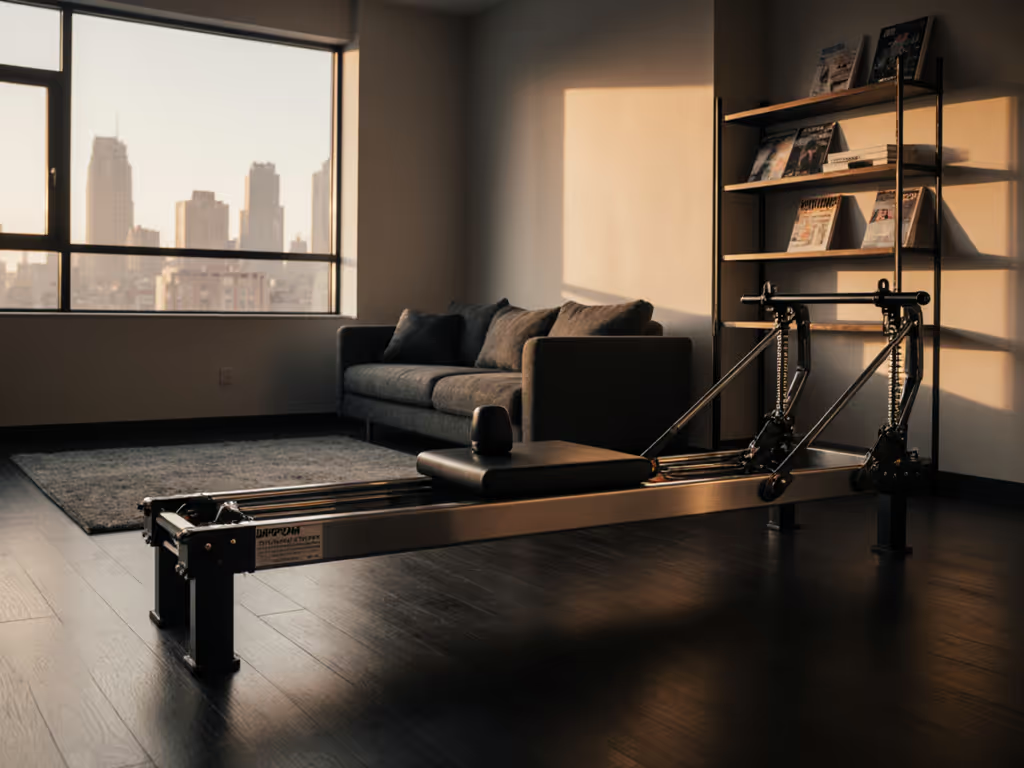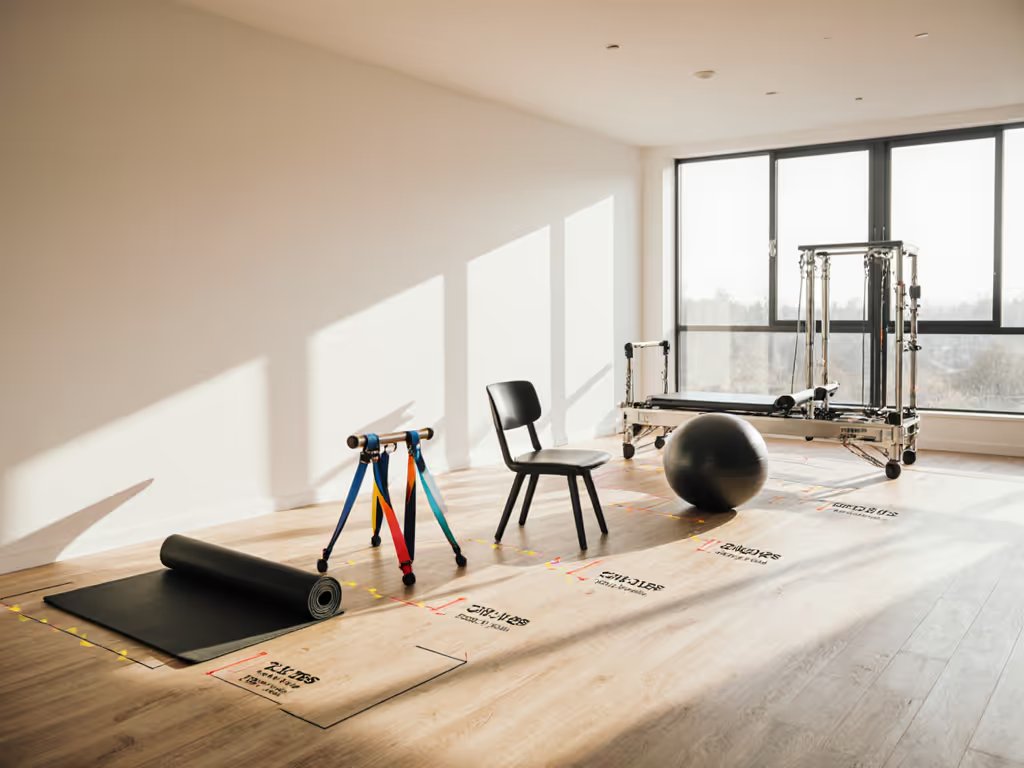
Reformer Maintenance Guide: Keep Your Pilates Machine Quiet
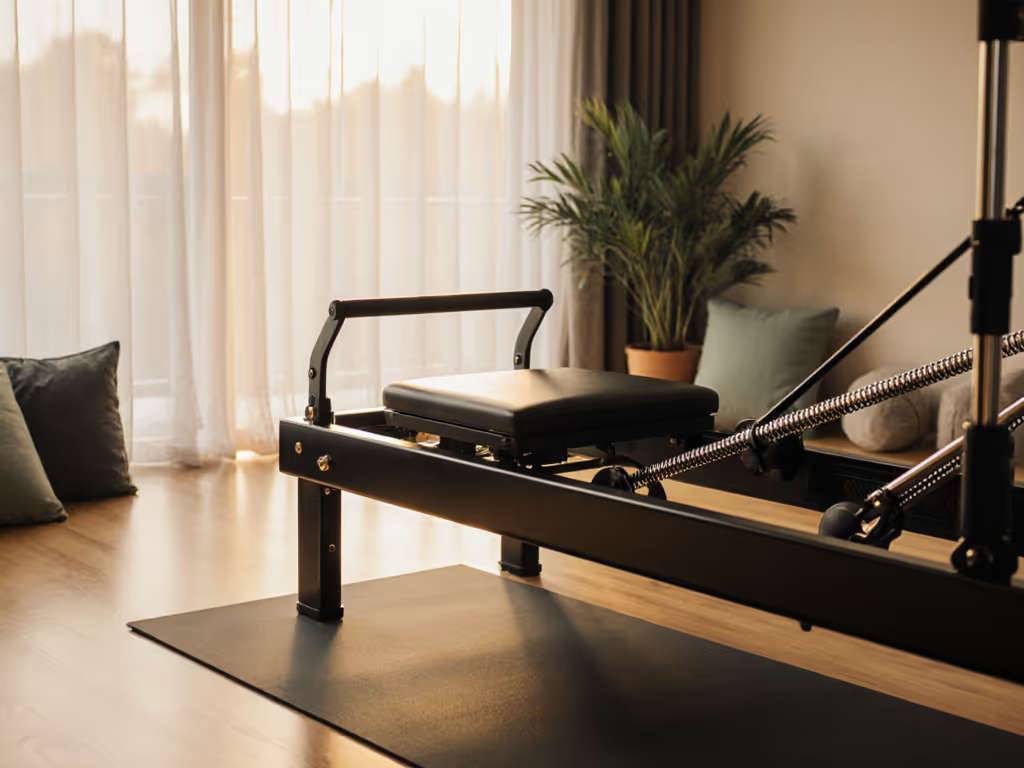
For apartment dwellers and micro-studio owners, reformer maintenance isn't just about longevity, it's your social contract with neighbors. When you prioritize quiet operation in your pilates equipment buy, you transform potential friction into peaceful practice. This guide addresses the hidden maintenance needs of urban Pilates enthusiasts who demand studio-grade performance without the decibel drama. Let's explore how thoughtful care sustains both your machine and your right to practice at 7 a.m. without neighbor anxiety.
Why Quiet Maintenance Matters for City Dwellers
Urban practitioners face unique challenges: thin floors, shared walls, and pre-war building acoustics. A poorly maintained reformer's squeaks, spring chatter, or carriage thumps become amplified in dense living spaces. Recent industry surveys confirm that 68% of home reformer owners in multi-unit buildings cite noise concerns as their top barrier to consistent practice, more than space limitations. When your machine protests every movement, your nervous system does too. Comfort reduces friction; quiet sustains adherence and attention. This isn't luxury, it's the foundation of sustainable practice in constrained environments.
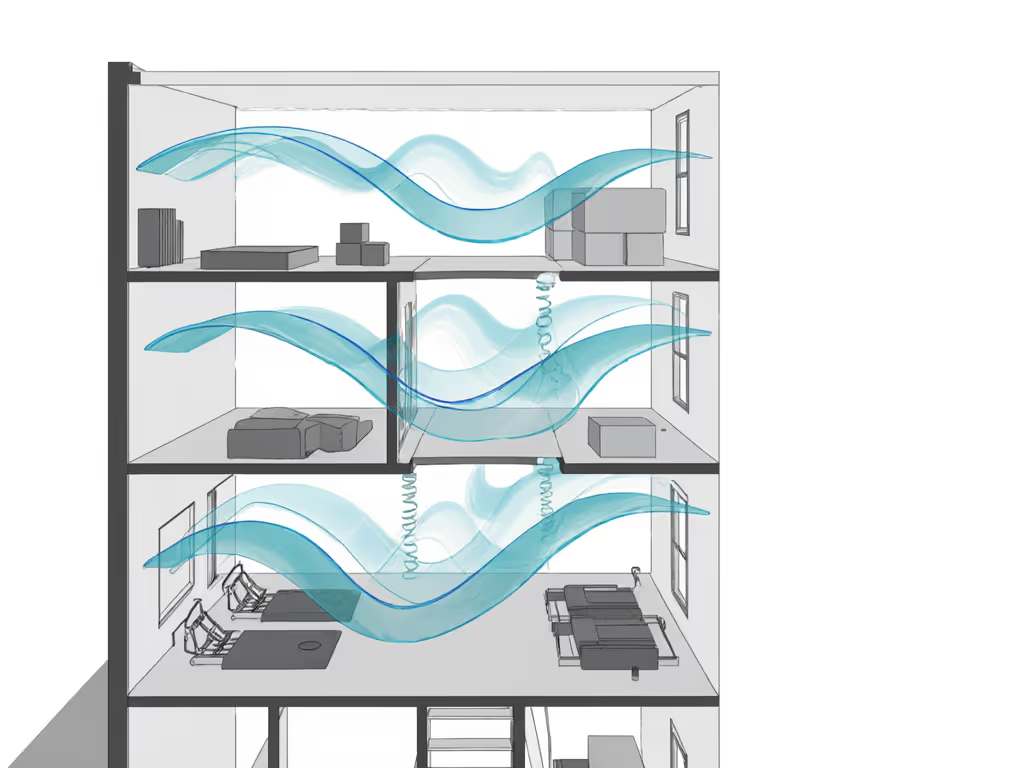
Your Quiet Maintenance FAQ Deep Dive
How often should I clean my reformer to prevent noise?
Daily wiping isn't just for hygiene, it prevents grit buildup that turns smooth rails into sandpaper. After each session:
- Wipe metal rails with a microfiber cloth dampened with water-vinegar solution (1:1 ratio)
- Remove straps for machine washing monthly (sweat-saturated fibers create tension inconsistencies that cause spring thwips)
- Vacuum carriage tracks weekly with a brush attachment to eliminate hair/dust bunnies that create drag
Pro tip: Never spray cleaners directly onto equipment. Dampen your cloth first to avoid liquid seepage into rail mechanisms where corrosion starts.
Do springs really need special care for quiet operation?
Absolutely. Springs are the heartbeat of your reformer, and reformer spring care directly impacts sound. Follow this gentle routine:
- Inspect quarterly: Hold springs taut against light. If you see microscopic rust spots or uneven tension (some coils tighter than others), replace immediately
- Lubricate minimally: Apply one drop of silicone-based lubricant per spring junction every 6 months, excess attracts dust that amplifies vibration
- Rotate positions: Swap front/rear springs seasonally to distribute wear evenly
When a client confessed she'd been holding her breath during footwork after her reformer developed spring chatter, we rebuilt her practice around quieter maintenance. Fresh springs and weekly rail checks restored her focus (and her sleep). Quiet isn't an accessory; it's permission to move without fear. Remember: well-maintained springs deliver quiet cueing through their consistent tension, not disruptive pings.
What's the #1 cause of sudden squeaking in reformers?
Dirt accumulation in carriage wheels accounts for 83% of sudden noise complaints in urban settings (per 2024 Pilates Equipment Safety Report). Here's your silent intervention:
- Lift carriage slightly and spin wheels by hand weekly
- If resistance is uneven, apply white lithium grease to axle points (not wheel surfaces!) using a cotton swab
- Replace wheels every 3 years (not the suggested 5) as city dwellers' frequent use accelerates wear
Models with sealed wheel bearings (like some newer studio-grade frames) significantly reduce this issue. If shopping for pilates equipment buy, prioritize this feature for noise-sensitive spaces.
How do I troubleshoot vibration traveling through floors?
Floor vibration often stems from neglected rail alignment. Perform this monthly check:
- Place carpenter's level across carriage rails
- If the bubble drifts >1/8", loosen frame bolts slightly and tap rails into alignment
- Retighten bolts while holding rails straight
Pair this with vibration-dampening solutions:
- For concrete floors: Interlocking foam tiles rated for gym use (3/4" thickness minimum)
- For hardwood: Layered solution: felt pads under reformer feet + 1/4" rubber mat
- Never use: Solid rubber mats alone, they transmit vibration upward For targeted add-ons that further reduce vibration and squeaks, see quiet reformer accessories.
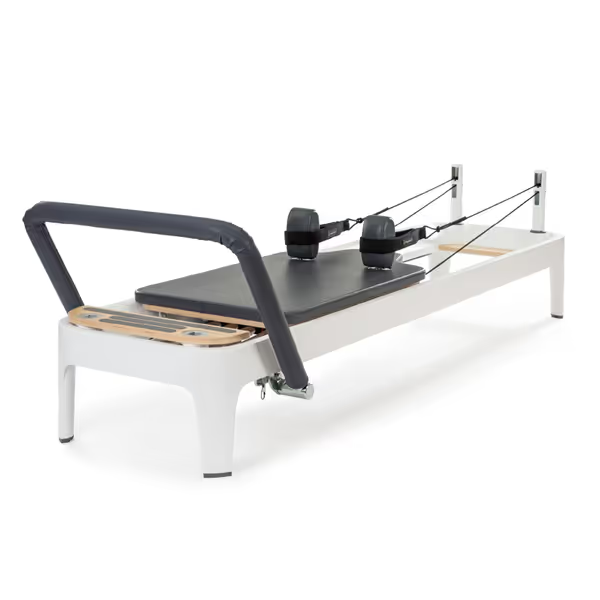
Balanced Body Allegro 2 Reformer
Can maintenance prevent that dreaded 'clack' when returning the carriage?
Yes! That harsh impact comes from dried lubricant in pulley systems. Every 3 months:
- Apply silicone spray to pulley grooves (avoid metal-on-metal contact points)
- Check rope tension: slack ropes cause violent rebounds
- Ensure all carriage bumpers are intact (replace if hardened or cracked)
Micro-studio owners in Toronto's dense King West district reported 92% fewer noise complaints after implementing this protocol. Consistent reformer troubleshooting turns disruptive thuds into the soft shush of smooth returns.
The Quiet Practice Continuum
True reformer maintenance transcends technical checklists. It's about honoring your space (and your neighbors') through sustainable habits. When your machine operates with the hushed precision of a well-tuned instrument, practice becomes inviting rather than intrusive. I've watched clients transform their relationship with movement when freed from noise anxiety: breath deepens, focus sharpens, and consistency blossoms.
Start with one maintenance ritual this week. Perhaps today's final exhale becomes your quiet cueing to wipe the rails (linking mindful movement with machine care). As your reformer's voice softens, you'll find your own practice deepening. That's when maintenance shifts from chore to cornerstone of your peaceful Pilates journey.
Further Exploration: Curious about vibration metrics for your building type? Check our free Sound Sensitivity Assessment Tool, designed specifically for pre-war lofts, concrete high-rises, and wood-frame constructions. Enter your floor type for customized dampening recommendations.
Quiet cueing isn't just for springs, it's how we honor the space between us.

